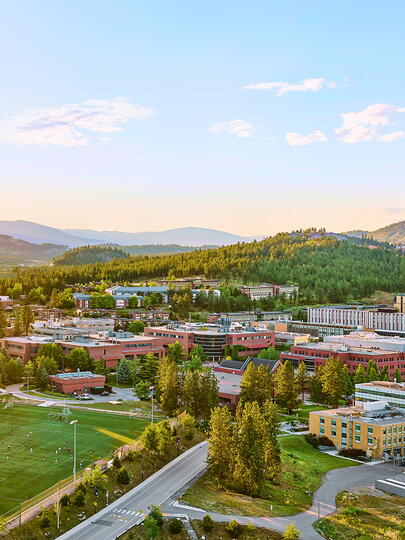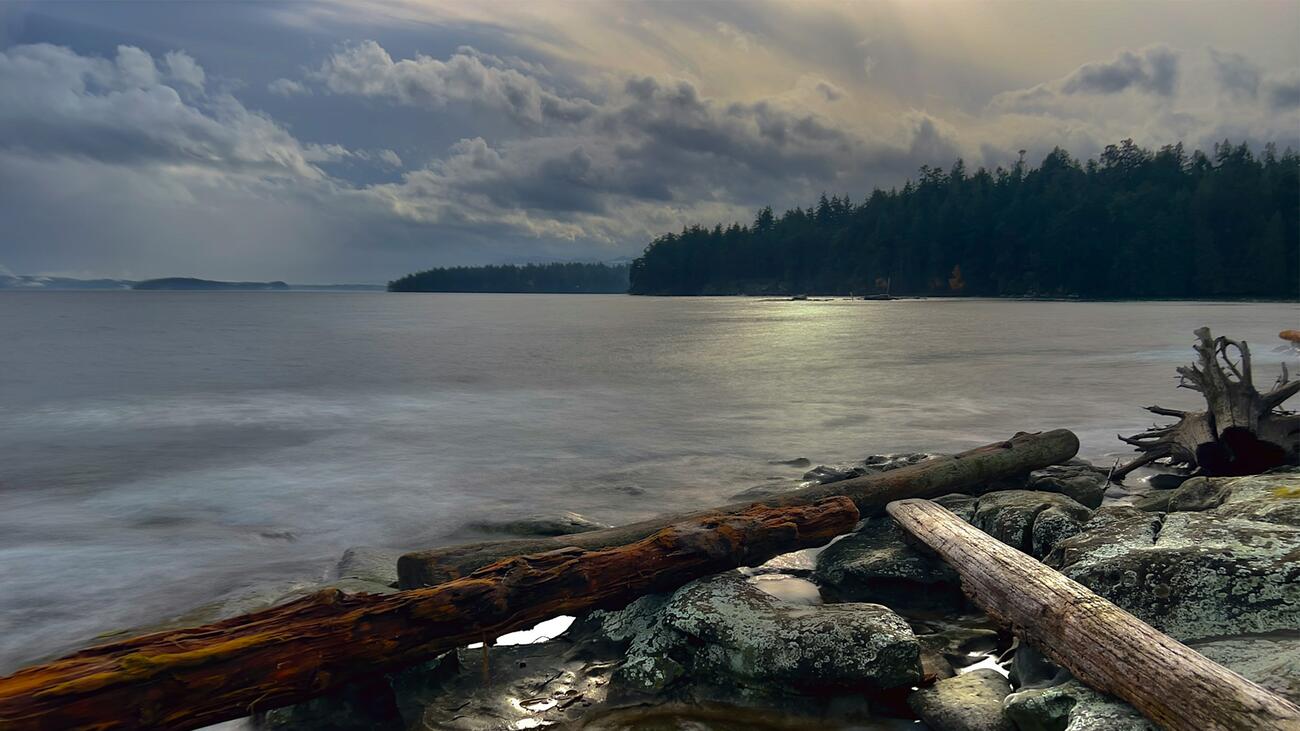Why BC’s parks might be too popular for their own good
UBCO researchers warn it’s time to prepare for overcrowding in BC’s provincial parks before the damage is done.
The very thing that makes BC’s pristine provincial parks so popular — nature, serenity, wildlife, the great outdoors — may be in danger of irreparable damage as park use continues to grow alongside the province’s population.
In fact, UBC Okanagan researchers say finding a balance between ecological integrity and public enjoyment of provincial parks is a pressing issue that is likely to escalate with population growth and climate change.
Dr. Michael Noonan is head of UBCO’s Quantitative Ecology Lab in the Irving K. Barber Faculty of Science. His team’s latest research examines the future of BC’s bustling provincial park system and suggests that as the climate continues to warm, parks will feel the brunt of increased use.
“The problem isn’t going to go away,” he adds. “Parks will suffer from overcrowding, and there will be more human-wildlife conflict in these parks. We’re calling for better education that needs to start now, not in a few years.”
Noonan cautions that finding a balance between providing recreational opportunities and preserving a safe environment for wildlife will be challenging.
“Our provincial parks have a dual mandate,” he says. “They are areas for people to use for recreational purposes, but they’re also meant as protected places for wildlife. People will often use parks based on the weather — it’s a nice day; let’s get out for a hike. The warmer the weather, the busier these parks are going to get.”
Their study, published in the Journal of Sustainable Tourism, analyzed the daily usage of more than 249 BC provincial parks. The study’s lead author, undergraduate student Dayna Weststrate, says that management plans have already been implemented to control overuse in highly populated areas.
Crowds bring other potential issues, such as noisy parking lots, damage to sensitive off-trail areas, increased littering, and more frequent encounters between visitors and wildlife.
Some parks already require a day-use permit to regulate the number of people allowed to access trails, picnic areas, and lakes.
“We tend to be typically reactive with our parks, but I’m suggesting that now is the time we start planning for the future,” Weststrate says. “Instead of reacting to overcrowding when it happens, let’s plan for the future now.”
Along with concerns about heavier park use due to population growth, the study also points to another ramification of overuse — climate change will have ecological consequences that can affect park attendance.
As the climate continues to change, it is expected that wildlife will adjust the timing of their migration or reproduction patterns. This, in turn, may lead to changes in the busiest months for park usage. Such changes could have an impact on mating habits and the reproduction of several species.
Weststrate says the study is an opportunity for the province to start planning for the future sustainability of BC parks. She notes that if proper plans are not in place, climate change-driven increases in attendance and human-wildlife interactions risk the sustainability of nature-based tourism within BC’s protected areas.
“Some of the projections do seem bleak, but they are not yet set in stone,” she adds. “The future of BC’s parks depends upon our ability to maintain a healthy balance between tourism and conservation. Park managers should use these findings to plan for more visitors and avoid cases of human-wildlife conflict, ultimately sustaining the viability of nature-based tourism.”
































